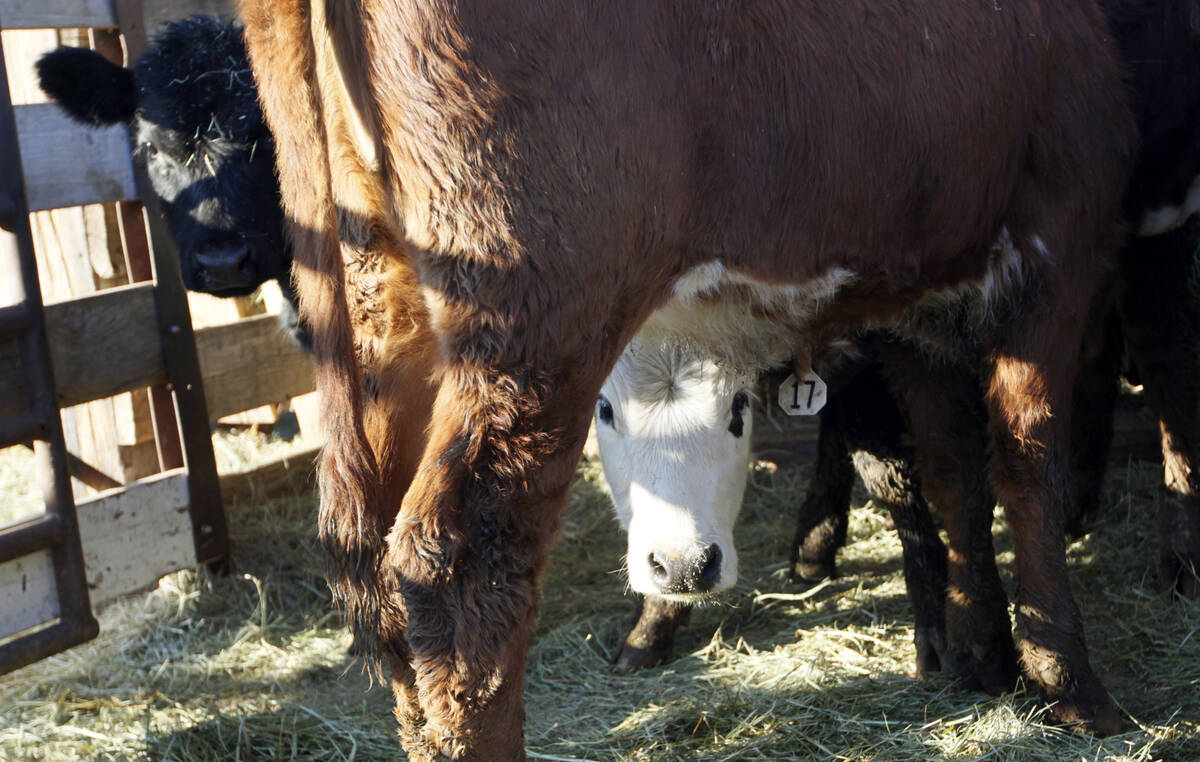BANFF, Alta. – With the number of new hog barns being built in Western Canada, owners soon learn they must smooth some rough edges in the construction and staff.
“Barns are being built by people who have no knowledge of building pig barns,” said Ciaran Ormond of Partners in Pork of Rimbey, Alta. He has been involved in building several 1,200-sow units.
During the Banff pork seminar, he and Tim Snider, staff veterin-
arian of Cotswold Canada, offered a number of tips for hog barns.
Read Also

Argentine beef plan angers ranchers
U.S. farmers are criticizing president Donald Trump’s suggestion that the country may import more beef from Argentina.
Snider said facility planning is often done backwards. People know how many market hogs they want per week but haven’t planned to ensure hog quality.
He recommends the future manager of the unit be involved in the early planning stages of barns.
“A big gap in the industry is that they have no one there every day as the site is being built,” said Snider. Owners need to watch construction from start to finish and the staff should be there when equipment is installed.
Before moving in the pigs, staff training as well as construction inspection should be done to ensure the barns are comfortable and efficient, said Ormond.
That starts with the staff knowing the rules.
Ormond recommends a 1,200-sow unit should have three staff to start and one added each month until there is a full complement.
Job descriptions and rules should be written by the staff and manager.
“They are more apt to follow them if they have a hand in writing them,” said Ormond.
The rules can include biosecurity guidelines or staff smoking, as well as an operating manual for the barn. Start keeping records immediately to set a standard. Test computer programs before the pigs get there and make sure the programs work.
Next, inspect barn construction.
Rough edges need to be ground off all equipment, stalls and floor slats.
Gates need to be checked to make sure they open and close properly. Painting should be done before the pigs arrive.
During construction, junk is often thrown into manure pits. The pits need to be cleaned of any debris that could hurt the pigs.
Wash the gutters and cement floor three times before moving in the animals. New cement is alkaline and it will kill the bacteria needed to break down manure solids.
Once cleaned out, pour in 15 centimetres of water with a bacteria starter.
Many barns are built in winter and are too cold for the young pigs.
“Try standing on the floor in your bare feet,” said Ormond. If it’s cold for people it will be uncomfortable for the pigs as well.
In summer, make sure the fans are working so the temperature is around 20 C.
Some producers run a tape of noises that include grunting pigs and other normal barn sounds to help young gilts get used to the place.
New barns introduce gilts ready to be bred, so staff need training on breeding practices and handling young females.















